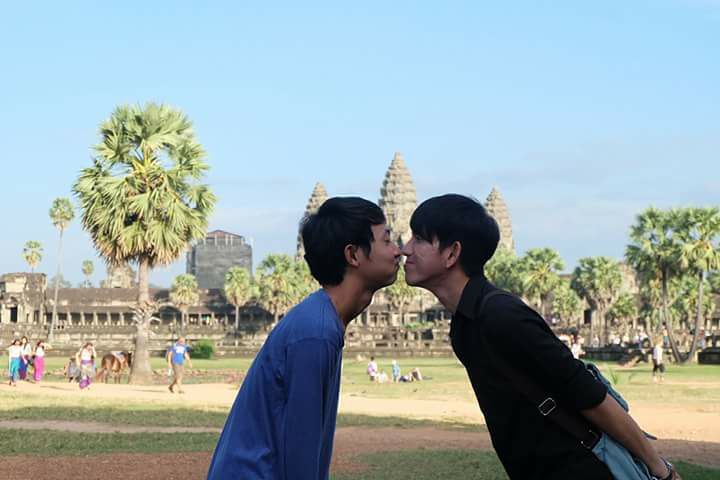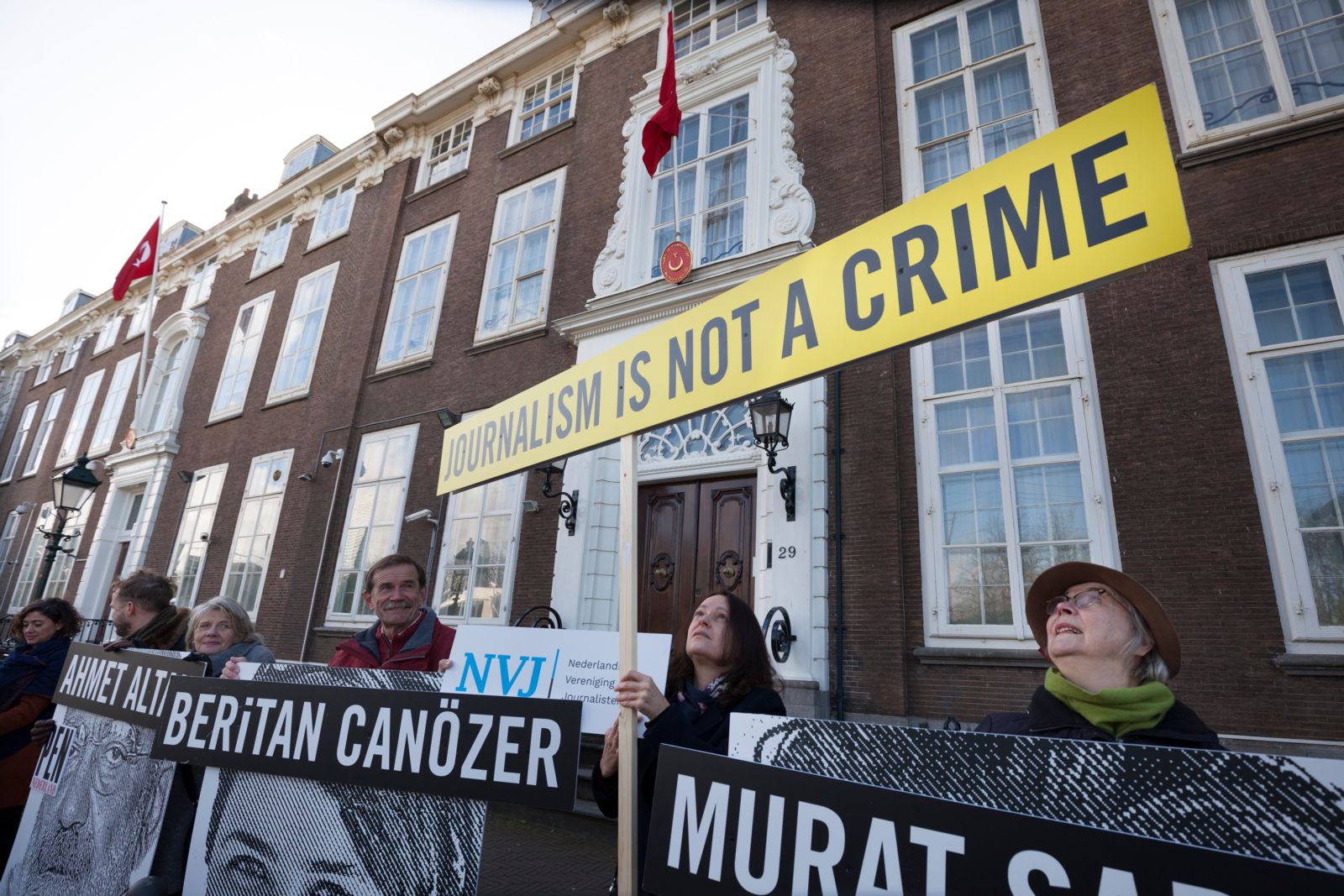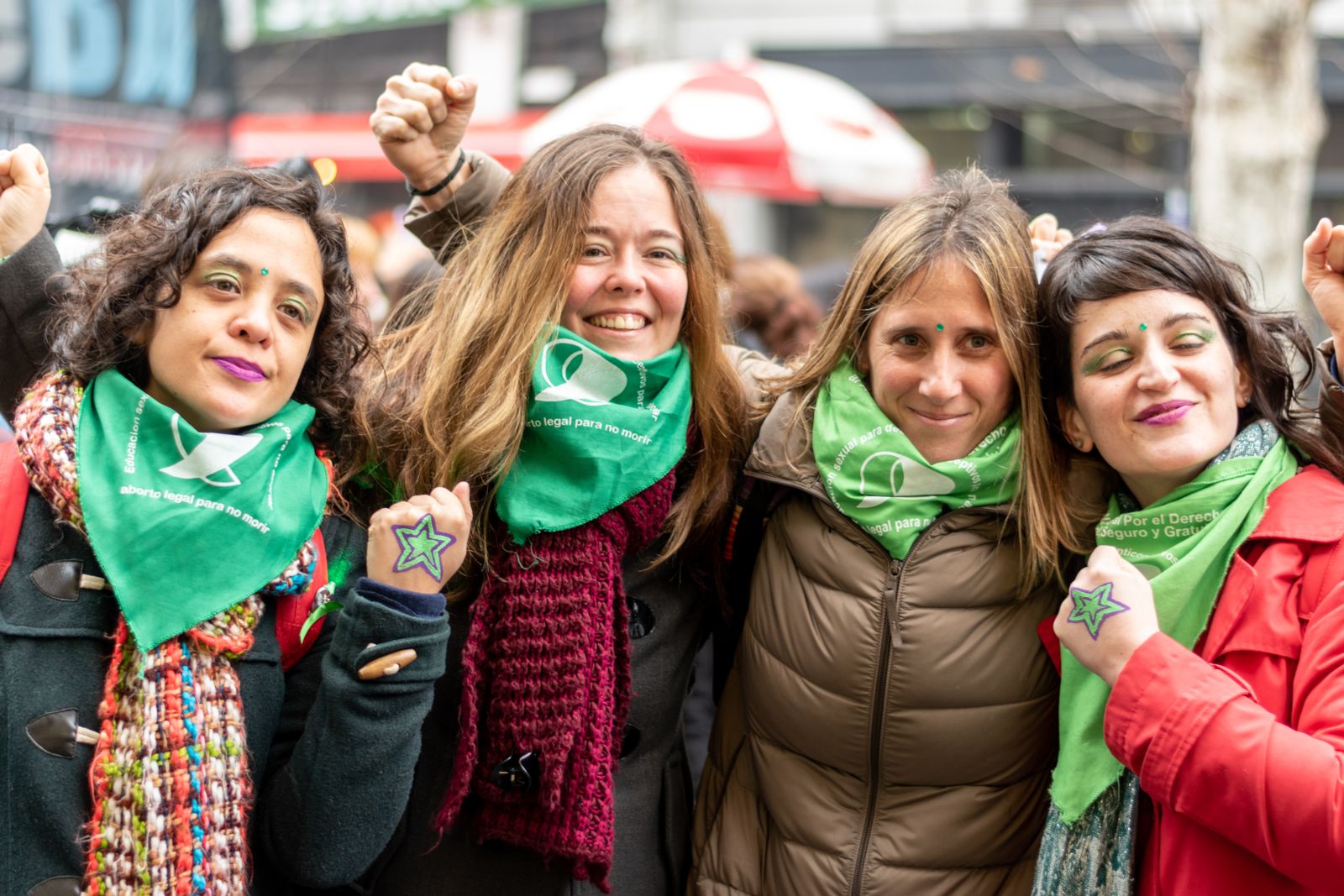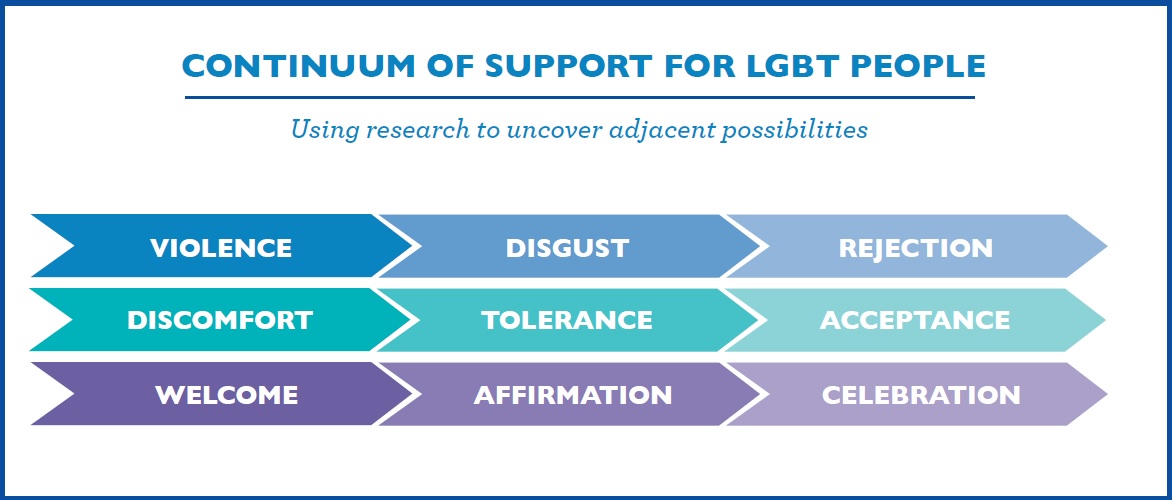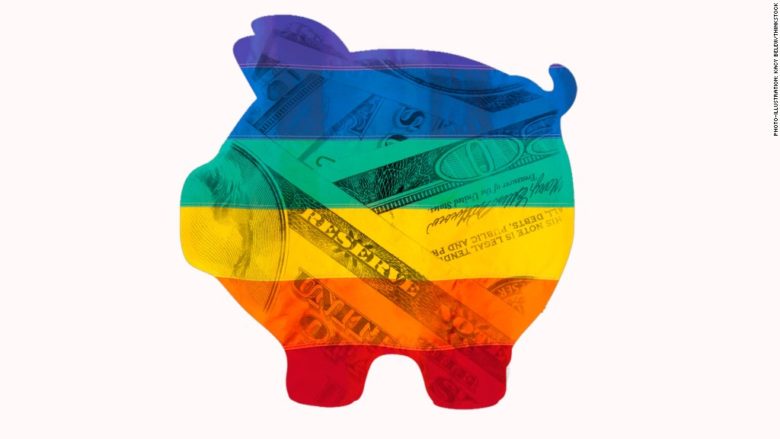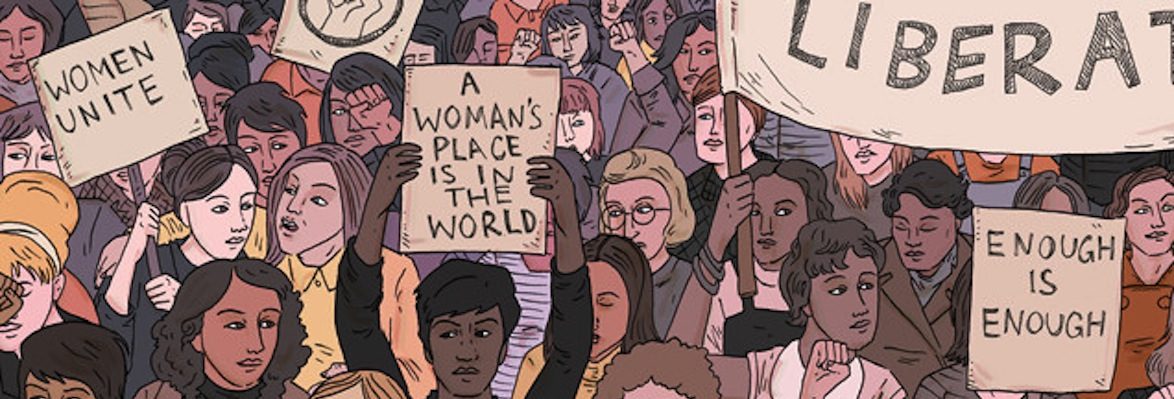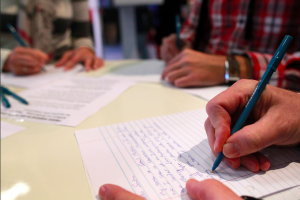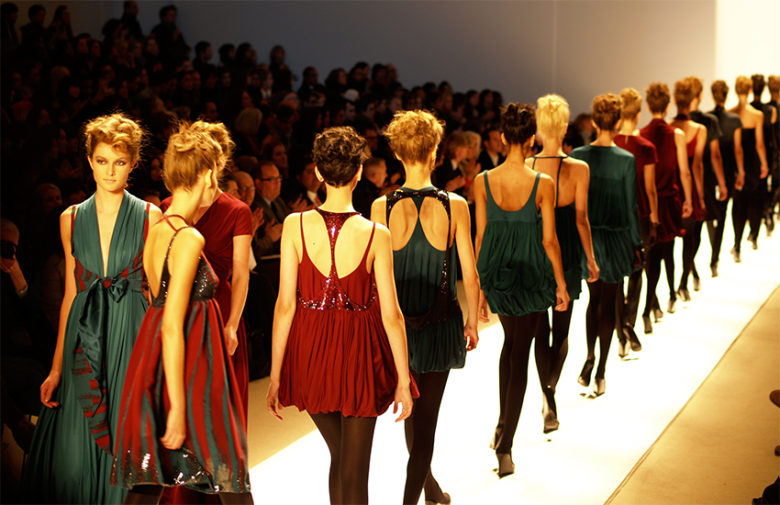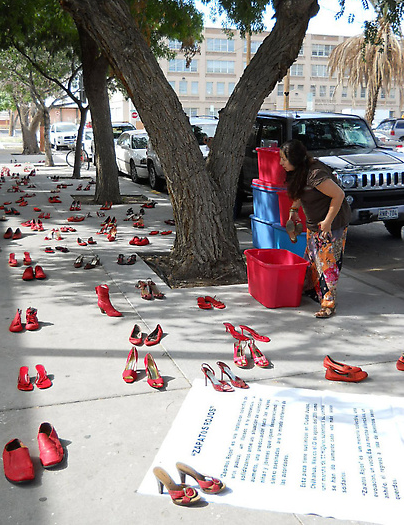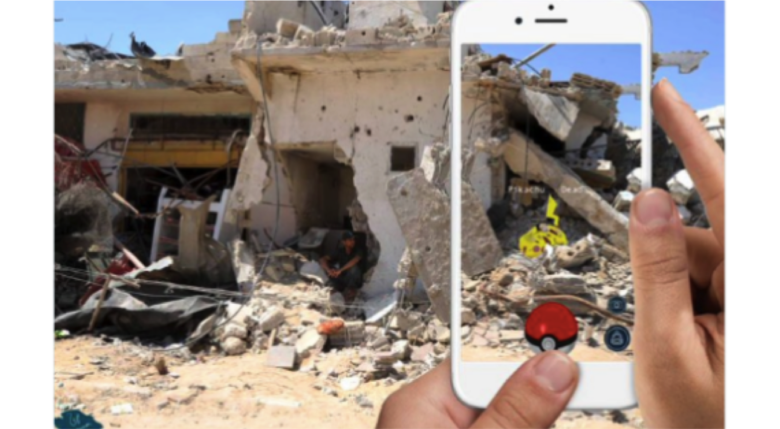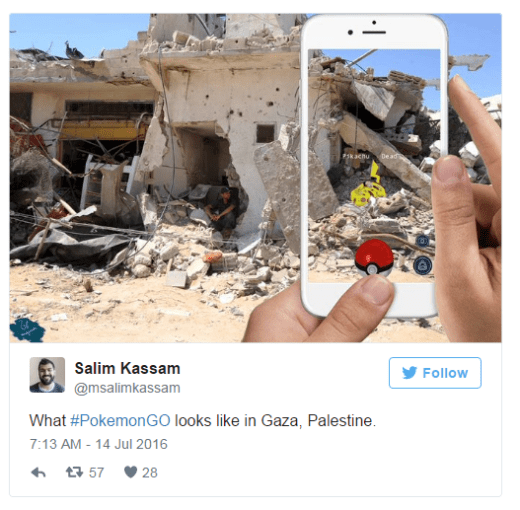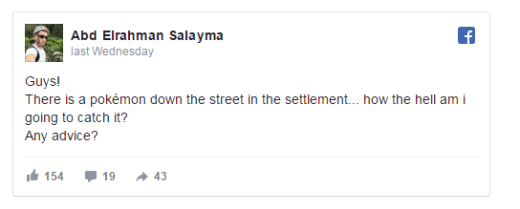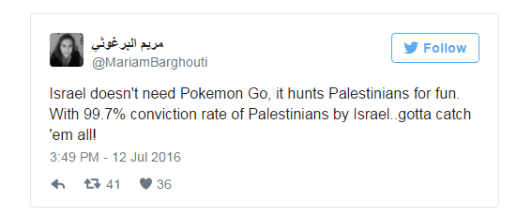LGBTQI+ Campaigning in Asia: Case studies
Campaigning is both one of the most challenging and one of the most exhilarating tasks for a campaigner for sexual, gender and bodily diversities.
It takes us “out there” to face the public, on what often seems like an impossible task to change hearts and minds.
It takes us into the extremely counter-intuitive field of the human psychology, exploring what makes people tick, and what makes societies change. And more often than not we scrabble about with our inspiration and courage, not knowing exactly what works, how it works, and the ways in which we could make things better.
And yet campaigning is the moment when our imagination heightens, when we unite to make it real, when we find the right messages to “crack the code” of people’s hearts, when we come together as a movement, with our friends and allies. Campaigning is when our own hearts beat faster.
This publication aims to provide you with some examples of these moments. It is a tribute to the work and the creativity of activists campaigning for sexual, gender and bodily diversities in Asia. Hopefully it to inspire you to draw on your own creativity.
It also aims to share with you some of the insights and the lessons learnt through these campaigns. This is important because, in addition to inspiration, changing hearts and minds also requires some good knowledge of social psychology, campaigning methodologies and research.
All of the case studies summarized here are edited from in-depth interviews with campaigners who shared their learning with us. The contents of this regional campaigning report are first and foremost the result of the sharp thinking of the organisations involved, and the networks supporting them. This is a collaborative effort that has arisen from the inspiring stories shared by the campaigners themselves. We would like to express our gratitude for all the people involved who have taken precious time to share their thoughts and ideas with us. These stories and experiences are those that the organisations wished to share with us.
We wish you a happy reading!

